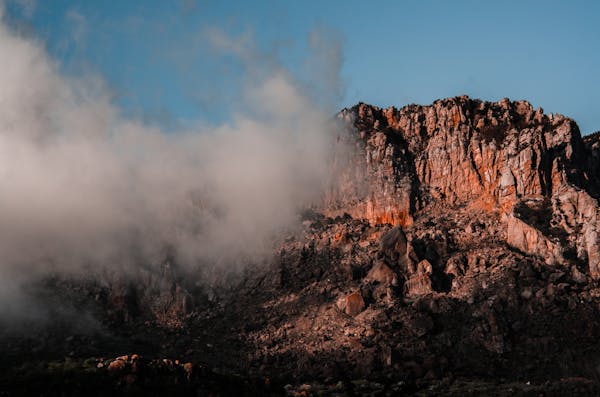
Top Tips for Ultralight Hiking and Backpacking Success. I have spent numerous years and thousands of miles on the trail collecting my streak as a backpacker. Therefore, I am here to share my 2024 ultralight backpacking gear list with the Unceremonious definition of “ultralight” subsist. It’s more a frame of mind than an authoritarian packweight. It is about determining whether you can get by with fewer. Moreover, In this guide, I will share our top tips for your ultralight hiking and backpacking to help you get almost all out of your adventures.
Top Tips for Backpacking
Gear Selection
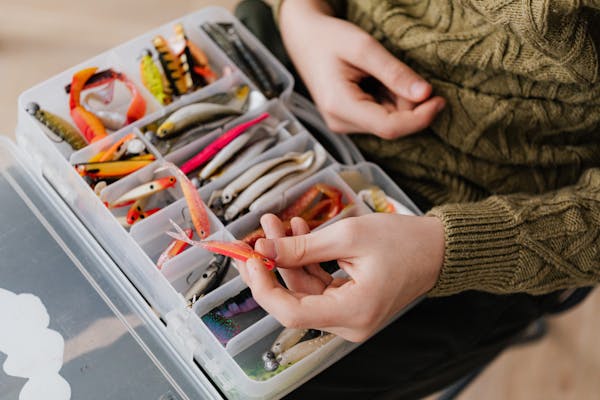
Hiking layers:
These include synthetic fiber, rayon pants, a T-shirt, a sun shirt, sun hat.
Insulation:
Hang on the weather, you may need a puffy lodge or jacket, lightweight fleece and swindle pullover, warm hat, and gloves.
Rainwear:
It is knowledgeable to carry a waterproof jacket in no situation the weather foresees.
Gear checklist

Top Tips for hiking and backpacking
A navigation tool depending on what you are used to:
- A smartphone with maps
- A map,
- A compass,
- An altimeter,
- A hiking GPS,
- A GPS watch.
First aid supplies:
- First aid kit,
- Emergency blanket,
- Multi-tool with a knife,
- Headlamp,
- Cellphone.
Choose the Right Backpack

Top Tips for hiking and backpacking
Look for a lightweight, minimalist pack that can carry your essentials
Top Tips for Ultralight Hiking and Backpacking Success. Main carry-on bag. All other bags listed will be able to fit inside, should you need to deem this as your “personal item” for some particularly strict airlines.
Main carry-on bag. All other bag catalogs will be available inside, should you need to consider this as your personal item for some particularly severe airlines.
Too much bag arrangement is a waste of time, but for a while is just right. I like to put on my pajamas and other sleep time essentials, routinely the first things.
Aim for a pack weight under 30 liters for overnight trips
These days it is observed as best practice to reduce the weight you carry and only carry the things you need to minimize tension in your body.
The volume of your pack has to be big and adequate to hold all of your gear, but not so large that you are carrying unessential weight. Backpacking bags are measured in liters and for nighttime trips, you will need something in the 40 to 70 liter.
Top Tips for Ultralight Hiking
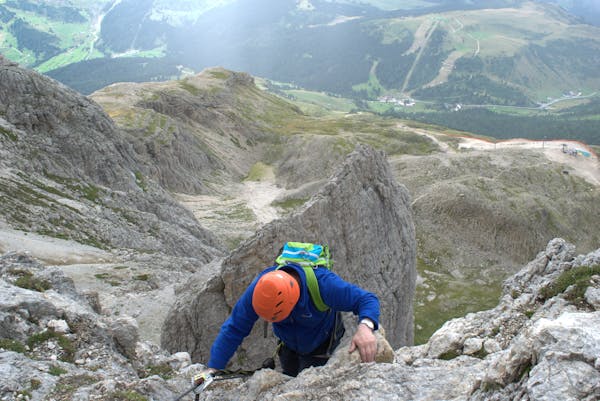
Make sure the pack fits your torso length properly
Lighten Your Load
Top Tips for Ultralight Hiking and Backpacking Success. Maintaining, acute items like scissors away from the body and towards the front of the backpack. Use several pockets and partitions to help distribute weight. Pack only those items essential for the day’s activities.
Carefully evaluate every item you plan to bring
- Clarify the question.
- Gather information.
- Evaluate the options.
- Act on the final decision.
- Review the results.
Replace heavy gear with ultralight alternatives

Therefore, The simple way to lighten up your backpack is to simply not deliver something. You will find the first things to go are normally extra clothing, comfort items, and an excess of food. And remember, ‘knowledge weighs nothing’, so spend some time sweeping up on your backcountry skills.
Focus on the “big three”
- The first steps in lessening your load and transitioning to lightweight backpacking are focusing on the big three:
- Packing, shelter, and sleeping bags to increase weight savings
- However, These three items offer the best possibility to shave some outstanding weight and allow you to begin to carouse in the benefits of a lightweight backpacking system.
Top tips for hiking and backpacking
Utilize Multifunctional Gear
Gears serve two main purposes: Accelerating or increasing force. To increase one of these, a settlement must be made. For example, to increase the speed of your walking and climbing the force applied to the feet must be increased.
Pick items that serve multiple purposes to reduce overall gear
First aid kit

First Aid Kit. I use one of the pre-pack first aid kits and then accessory it with any items that I feel it is missing.
Backpack
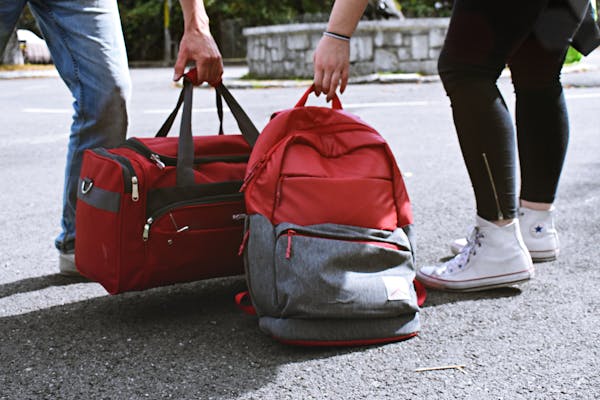
Therefore, Selecting the right backpack is critical for a comfortable and successful backpacking trip. Look for a pack that has adjustable straps
Clothing
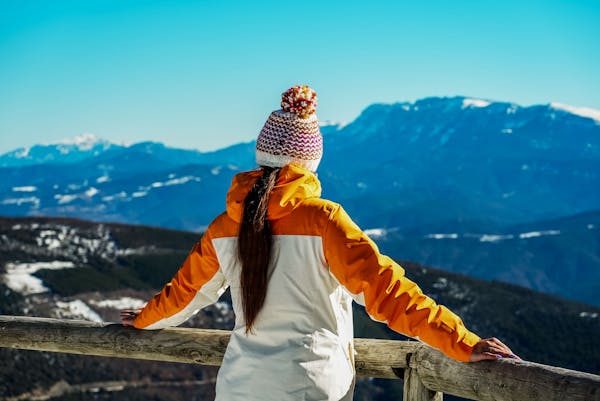
Backpacking and hiking gear. Quality outdoor clothing can be on the costly side, but you really only need a few affordable pieces to keep you.
Tent

Consider, a tent with a rapid setup design and one that offers good oxygenating. The tent should also be weather-appropriate, offering adequate protection.
Navigation

Navigation is a field of study that focuses on the process of observing and controlling the movement of your walking toward the right pathway from one place to another.
Water Bottles

Smart Water Bottle. As a result, I used smart water bottles quite often on the trail. The water in Smart Water bottles is not ear as particular as the bottle itself.
Headlamp

Therefore,To me, a headlamp is a perfectly unalienable must-have for backpacking. So, I had this headlamp for over a year and it is a superb lightweight
Trekking poles

Trekking poles not only help with stability, they also help keep blood flowing to your hands to avoid banger fingers from having them swing at your sides
Sunscreen

Sunscreen and chapstick are essential! You’ll typically be spending a lot of time in the sun when backpacking, so having proper sun protection is important
shelter

Shelter. When you’re backpacking this is your tent. See above for detailed tent recommendations. Moreover, If you are on a day hike and you are not carrying a tent.
Knife
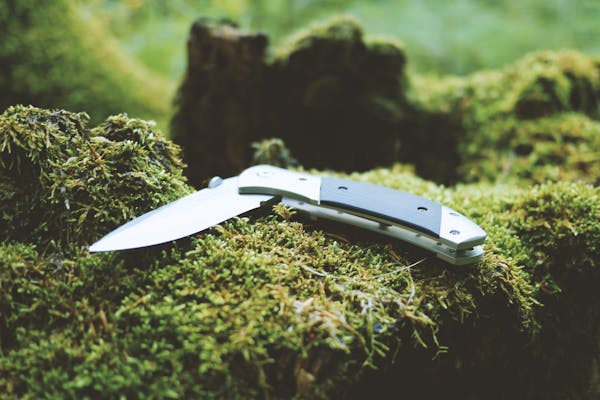
Knives are handy for preparing food, and making quick repairs to gear – especially if your knife is a multitool.
Consider a tarp shelter instead of a traditional tent
Limited weatherproofing:
Top Tips for Ultralight Hiking and Backpacking Success.The best camping canvas uses a weatherproof material. That said, a canvas is not the best option for all weather. While a canvas is ideal for stopping wind and rain in a few congruous directions
Use a sleeping bag that can double as a quilt
Another choice is to select rectangular bags designed for zipping together the bags need to be the same model and brand. A little bag also can be zipped together if one person selects a right-hand zip and the other a left-hand zip.
Trail Strategies
Master Efficient Hiking Techniques
- Maintain Equal Effort, Not Speed. …
- Apply Sunscreen bug spray, But Not Above Your Eyes. …
- Wear Sunglasses, and a Hat With a Brim. …
- Secure Your Backpack Properly. …
- Use Hiking Poles. …
- Anticipate…
- Now Get Out There and Hike Like a Pro
Use trekking poles to save energy and reduce the impact
However, Enlarged Power and Endurance: Hiking poles join in your upper body muscles, allowing you to push off and throw yourself forward.
Develop a smooth, efficient hiking stride
Therefore, Many appreciable hikes have areas of hilly land, including vertiginous parts that can taut your calves and put critical angles on your ankles if you hike with your feet pointed straight uphill and use continuous motion.
Practice good posture and body mechanics
Moreover, Good body servicemen are based on good posture. Good posture means the backbone is in a “neutral” position, not too rounded forward, and not embowed back too far.
Plan Meals and Hydration Carefully

Consequently, meal planning usually leads to grocery shopping once a week, for only the items needed and having others (e.g. family) involved in creating the menu. Therefore, Having, a variety of foods from the main food groups (carbohydrates, fruits and vegetables, high protein foods and dairy and alternatives) ensures we get all the vitamins, minerals and nutrients we need.”
Bring high-calorie, nutrient-dense foods
For example, Here are some examples of calorie-dense and Nutrient-dense foods containing vitamins, minerals, complex carbohydrates, lean protein, and healthy fats. foods include:||
- avocados.
- salmon and other oily fish.
- nuts and seeds.
- Dairy products
- yogurt, milk, and cheese.
- red meat.
- egg yolks.
- pork chops.
Opt for dehydrated or freeze-dried meals
Therefore, Dehydrated foods can make great snacks, but when it comes to needing a full meal, freeze-dried food offers a lot of best and good options. That said, So, if you are looking to preserve food at home on your possess with a do-it-yourself procedure, dehydration is likely the best way to go.
Top Tips for Ultralight Hiking and Backpacking Success
Carry a lightweight water filter or purifier
Water filter
- It will taste better!
- It will remove lead and other contaminants.
- This can reduce the risk of cancer.
- It can remove toxins.
- This will save you money.
- It is cheap to maintain a water filtration system.
- It helps the environment.
Know Your Limits

Start with shorter, less challenging hikes
So, look for community parks or nature reservoirs with well-marked trails. As you gain experience and power, you can progress to more challenging things. Research your chosen trail before heading out.
Gradually increase distance and elevation gain
Start taking walks. Start with 1 to 2 miles, then moderately build up the distance. Walk 3 times per week, never two days in a column. So, Wear a light backpack on your walks (5–10 pounds). …
Moreover, On days you aren’t walking, go to the gym. Stretch and lift light weights. Squats with light weight are good.
Listen to your body and don’t overexert yourself
Listening to your body means being mindfully aware of how you usually feel and when things feel different, but it does not necessarily mean calling the doctor every time you feel a little off unless, of course, your doctor is formerly observing and treating you for a health condition
Safety and Navigation
Study the Trail and Weather
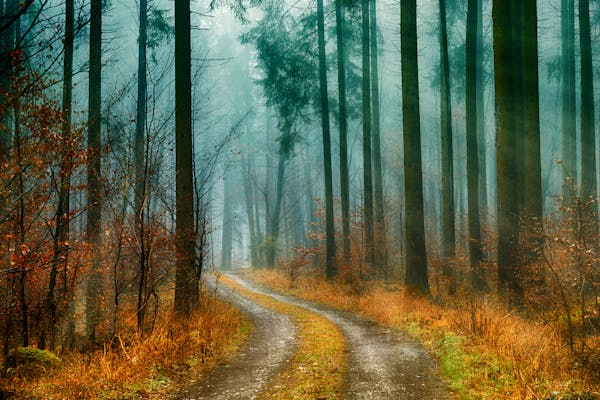
Therefore, a Barometer for measuring atmospheric pressure. Hygrometer for measuring humidity. Anemometer for measuring wind speed.
Research the route thoroughly before your trip
- Wikitravel Articles. …
- Read Posts By Travel Bloggers Who Have Been There. …
- Email Travel Bloggers. …
- Watch Videos on YouTube. …
- Ask About it On Reddit. …
- TripAdvisor. …
- Read Local News Sources. …
- Couchsurfing.
Check forecasts and be prepared for changing conditions
However, This is done by investigating a large quantity of examination data including surface observations, satellite imagery, radar data, radiosonde data, upper-air data, wind profilers, airliner balloon observations, river gauges, and simply looking outside.
Familiarize yourself with navigation tools and techniques
They build strategies like creating intimate objects or landmarks and taking time to note which paths they have proceeded, and they can both follow known paths and chart new ways with confidence.
Prioritize Emergency Preparedness
Bring a comprehensive first-aid kit

This first aid course includes all the material from our Essential First Aid course and covers more advanced topics such as work-related injuries, the use of an Automated External Defibrillator (AED), and treating head and spinal injuries.
Key Tips for Ultralight Hiking and Backpacking
- Choose lightweight, multipurpose gear to minimize load.
- Prioritize the “big three”—backpack, shelter, and sleeping bag.
- Practice efficient hiking techniques, like using trekking poles and a steady stride.
- Prepare nutrient-dense, high-calorie foods, and carry a water filter.
- Know your limits, starting with shorter hikes and gradually increasing difficulty.
Essential Gear Checklist
- Clothing Layers: Synthetic layers, warm insulation, waterproof jacket.
- Navigation Tools: Map, compass, GPS, altimeter.
- First Aid Supplies: Kit, emergency blanket, multi-tool.
- Backpack: Lightweight, fits torso length, around 30–70 liters based on trip length.
- Shelter: Tent or tarp shelter; lightweight and weather-appropriate.
- Hydration: Smart water bottle or water filter.
Carry a reliable means of communication
Moreover, Well-founded, Communication in computer science refers to a secure communication system that ensures good performance in speech hiding, voice quality, corroborating, enciphering, and real-time processing to establish a trustworthy and sealed channel for data transmission.
Learn wilderness survival skills
- Moreover, Building a Fire. A fire can keep you warm, fend off Strong matches, and provide heat for cooking. …
- Creating Potable Water. …
- Foraging for Food. …
- Tying Knots. …
- Making a Weapon. …
- Building a Shelter. …
- Basic First Aid. …
- Fishing and Trapping
FAQs
Q: What is ultralight backpacking?
A: Ultralight backpacking focuses on carrying only essential, lightweight gear to reduce physical strain and enhance mobility.
Q: How can I lighten my pack load?
A: Replace heavy items with ultralight alternatives, bring multipurpose gear, and minimize non-essentials like extra clothing.
Q: What’s the best backpack size for ultralight hiking?
A: For overnight trips, aim for a 30–50 liter pack; longer trips may require 50–70 liters depending on gear volume.
Q: Why are trekking poles important for hiking?
A: Trekking poles provide stability, reduce strain on knees, and improve balance on uneven terrain.
Q: How do I prepare for trail navigation?
A: Study maps, use reliable navigation tools, and check weather conditions before heading out.
Comparison Table
| Feature | Traditional Backpacking | Ultralight Backpacking |
| Pack Weight | Typically 40+ lbs | Generally under 20 lbs |
| Gear Selection | Heavy, durable items | Lightweight, minimalist alternatives |
| Shelter | Heavier tent setups | Tarp shelter or ultralight tent |
| Clothing | Multiple layers | Limited, versatile layering |
| Navigation Tools | Map and compass | Map, GPS, or smartphone |
| Food Preparation | Heavier cookware | Freeze-dried meals, simple options |
Conclusion
In conclusion, Generating a lightweight backpacking system makes it possible for people of all ages to do more outdoorsy. Therefore, It lets you widen your horizons behind the car campground to enjoy a richer, more captivating outdoor experience. In addition, A key dissimilarity from day hiking is the size of your pack your backpack and you must carry all of life’s essentials on your back. As a result, From durability to weather protection to safety, each feature adds value to your Backpack and helps you make the most out of your outdoor adventures. Happy trails!
[sp_easyaccordion id=”215″]

